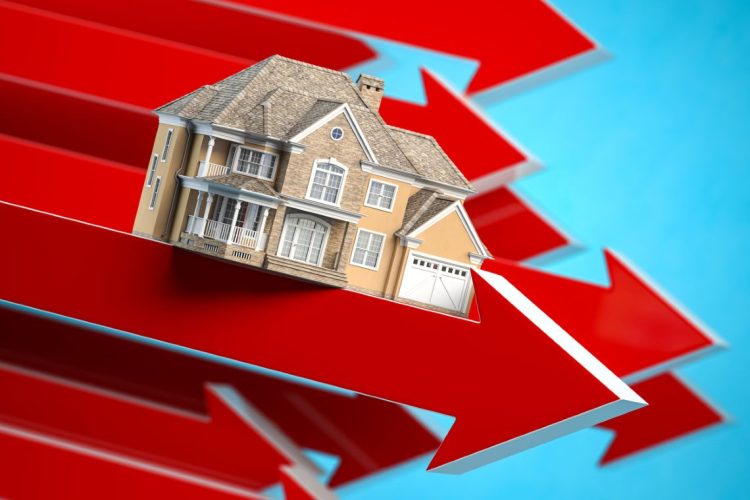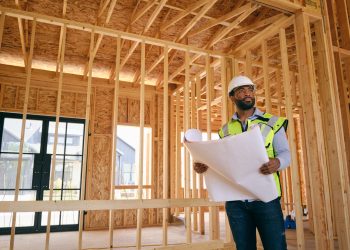The May S&P CoreLogic Case-Shiller national home price index (HPI) released this morning reveals that national home prices have had the smallest increase since July 2023, at a 2.3% annual gain, down from 2.7% in April.
According to the HPI, the 20-City Composite gained 2.8%, down 0.42% since the prior month, and the 10-City Composite gained 3.4%, down 0.36%.
According to Bright MLS Chief Economist Lisa Sturtevant, home supply is growing, but buyers are apprehensive due to elevated mortgage rates and economic uncertainty. As a result of this increased supply and slowed demand, the progressing rate of home price appreciation has come to a halt, and home prices are falling.
The HPI also indicates stark regional differences, as the Northeast and Midwest continue to show the strongest home price growth in 2025, whereas home prices in Southern markets are dropping as inventory climbs.
Additionally, several Western markets showed minimal or negative gains, reflecting “persistent weakness in markets that experienced the sharpest pandemic-era run-ups,” said Nicholas Godec, head of Fixed Income Tradables & Commodities at S&P Dow Jones Indices, in a statement.
Realtor.com® Sr. Economist Anthony Smith noted in a statement that “Homes are taking longer to sell, despite an uptick in pending sales in May, overall demand remains soft, with affordability challenges and cautious buyer sentiment holding back momentum.”
Sturtevant adds that this slowing home price growth will unfortunately not affect affordability too much.
“Mortgage rates are also unlikely to move lower this summer, with the Fed almost surely set to keep interest rates unchanged at their meeting tomorrow,” she said in a statement.
Sturtevant also noted that home sales activity is at a historically low level:
“The housing market is stuck, with both prospective buyers and sellers increasingly concerned about the economy and their own personal financial situations,” Sturtevant claimed. “Home sales activity is likely to remain slow in the second half of the year and overall sales could end the year at or below last year’s historically low levels.”
“It (the HPI slowdown) reflects a market recalibrating around tighter financial conditions, subdued transaction volumes and increasingly local dynamics. With affordability still stretched and inventory constrained, national home prices are holding steady, but barely,” said Godec.
Some experts are holding out hope, expecting the market to make a comeback.
“Still, the market shows signs of rebalancing,” Smith said. “Buyers and sellers alike are in a holding pattern, gradually adjusting to a housing market defined by higher costs, slower sales and more negotiating room for buyers who remain active in the market.”
For more information, read the full report here.










